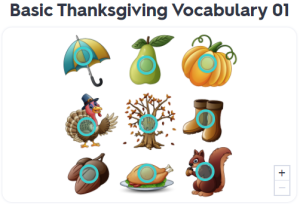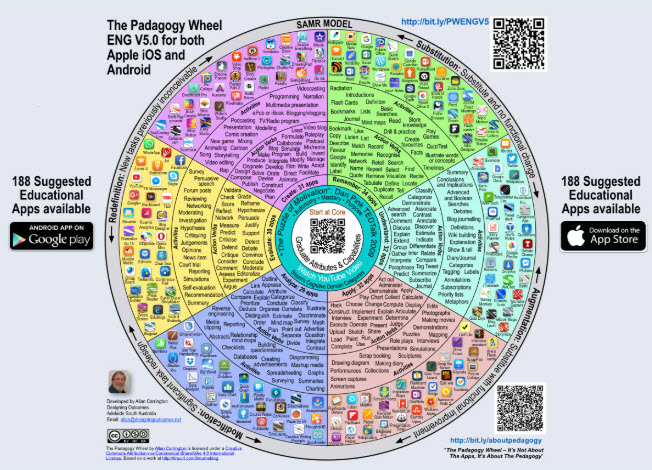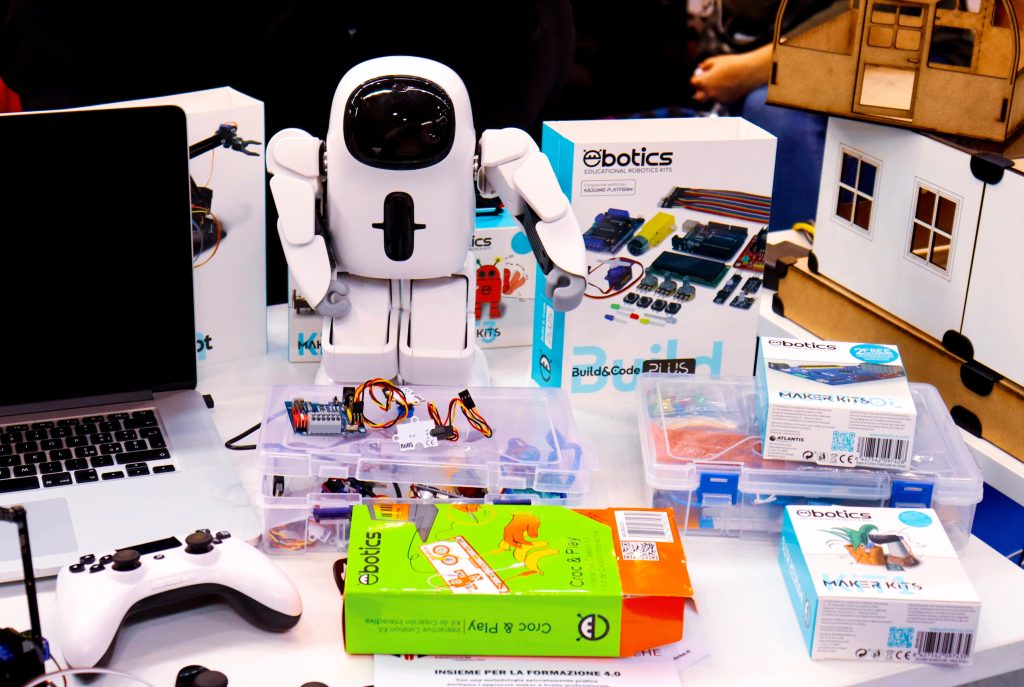At first glance, smartphones may seem like the ultimate language roadblock for ESL learners. The alluring prospect of effortlessly translating any text with a simple tap can lead to a habit of overreliance, hindering genuine language absorption. However, it’s not all doom and gloom. When approached with a strategic mindset, smartphones can indeed become “smart” tools in the ESL learning arsenal, especially for those who find themselves grappling with the complexities of English at a foundational level.
Continue readingTag Archives: technology in the classroom
SAMR Says

Have you been asking yourself what technologies you could- or should- use to deliver your online courses? Maybe you’re looking for some guidance as to what to use and when. Online teaching challenges us to try a lot of new things, but we don’t have to imagine what functions well and when on our own. Instead, we can refer to the technology and learning pedagogy models which are out there to assist us in making informed decisions about technology in our lessons.
Puentedura’s SAMR model is used to describe the integration of technology into learning pedagogy. This model is sometimes viewed as a staircase, as depicted here, but the levels are not necessarily sequential. Each can be chosen independently to suit a lesson (H.L., 2017). The SAMR model aims to capture how technology can be used in teaching and learning practices.
In this article, I will discuss the first two steps in the SAMR model and how they can be applied in your teaching. Continue reading
Google Earth in your class? (Part Two)
Last week, I talked about the application Google Earth and explained how it works. Check it out if you haven’t already! Today, I will discuss several possible activities and examples of ways to incorporate Google Earth into your language or immigration classes.
Continue reading
Google Earth in your class? (Part One)
Google Earth is an application that some of us may have heard about or used for personal purposes. Unless you are a social science teacher, it is a sure bet that you have not tried integrating Google Earth into your language or settlement lessons. Whether it is used on the web or on a device, Google Earth is a very intuitive tool, and I thought it might be a good idea to raise awareness of some possibilities it can offer language instructors teaching fully online. Today, I will go over what Google Earth is and how to navigate the application, and in my next blog post, I will go more in-depth with ways to use Google Earth in your lesson plans. Continue reading
Create Visual Interactive Activities with Quizlet Diagrams
Quizlet Diagrams

A commonly used tool for teaching and learning vocabulary are labelled visuals. Labelled visuals are especially important for lower-level language learners when visual examples of concrete vocabulary items are essential for conveying meaning. They are also helpful in teaching English for Specific Purposes, such as studying the parts of an electric motor. However, learning parts of a scene, diagram, chart, illustration, photograph or a map is often boring and tedious for language learners, but the Quizlet Diagram feature can make this much more interesting for learners.
Teaching with Wet Paint

As the transformation to full online teaching continues, many instructors are unwittingly becoming instructional design-developers. Some are adding study sets to Quizlet, others are hastily making Kahoots, while still others are using more ambitious tools such as H5P, Hot Potatoes and ScreenCastify to create more complicated learning experiences that enhance their online lessons. To generate timely, interactive, engaging and diverse learning opportunities for our students, many of us are creating digital learning objects on the fly.
Even more creativity in the classroom
Inspiration
At the recent TESL Toronto’s T4T mini conference at York University, I was inspired to take 4C integration into my instruction to a new level. Specifically, I was spurred on by James Papple and Tabitha Lewis’s session called Connections to Learning through Makerspaces. They provided a myriad of potential activities that extend and enhance learning beyond what is expected in a language learning class. Tabitha and Jim highlighted resources that are available through the Brock University’s Makerspace room.
Makerspaces Technologies
In Brock’s Makerspace, learning opportunities include tools to create high quality audio, shoot and edit digital video, create and edit images, print 3D models, create moving LEGO structures, scan objects into digital 3D models, cut materials with lasers, interact with virtual reality, record video against a green screen, control a Sphere ball with a smartphone app, build robots, paint 3D objects, and more.
Continue readingChoosing an App for your Lessons with the Padagogy Wheel

“There’s an app for that” ™ is a statement that is so common that Apple trademarked it. As consumers and instructors we all know that there are so many different mobile device applications or apps available to us through online stores. If you want to measure pollution in your location, download the Plume app. Do you want to talk to a friend? Use FaceTime. Order takeout? Just launch the Skip the Dishes app. Some of us have been trying out different language learning apps for the purpose of language teaching. Many of us use apps designed for purposes other than language learning with our students to foster learning. If you think about it, you may have used Whatsapp to communicate with your students or Tinkercad to create real objects or Haikudeck to make a class presentation. There are so many apps available it is difficult to determine if you are making an informed choice when choosing an app for your lessons.
Continue reading



